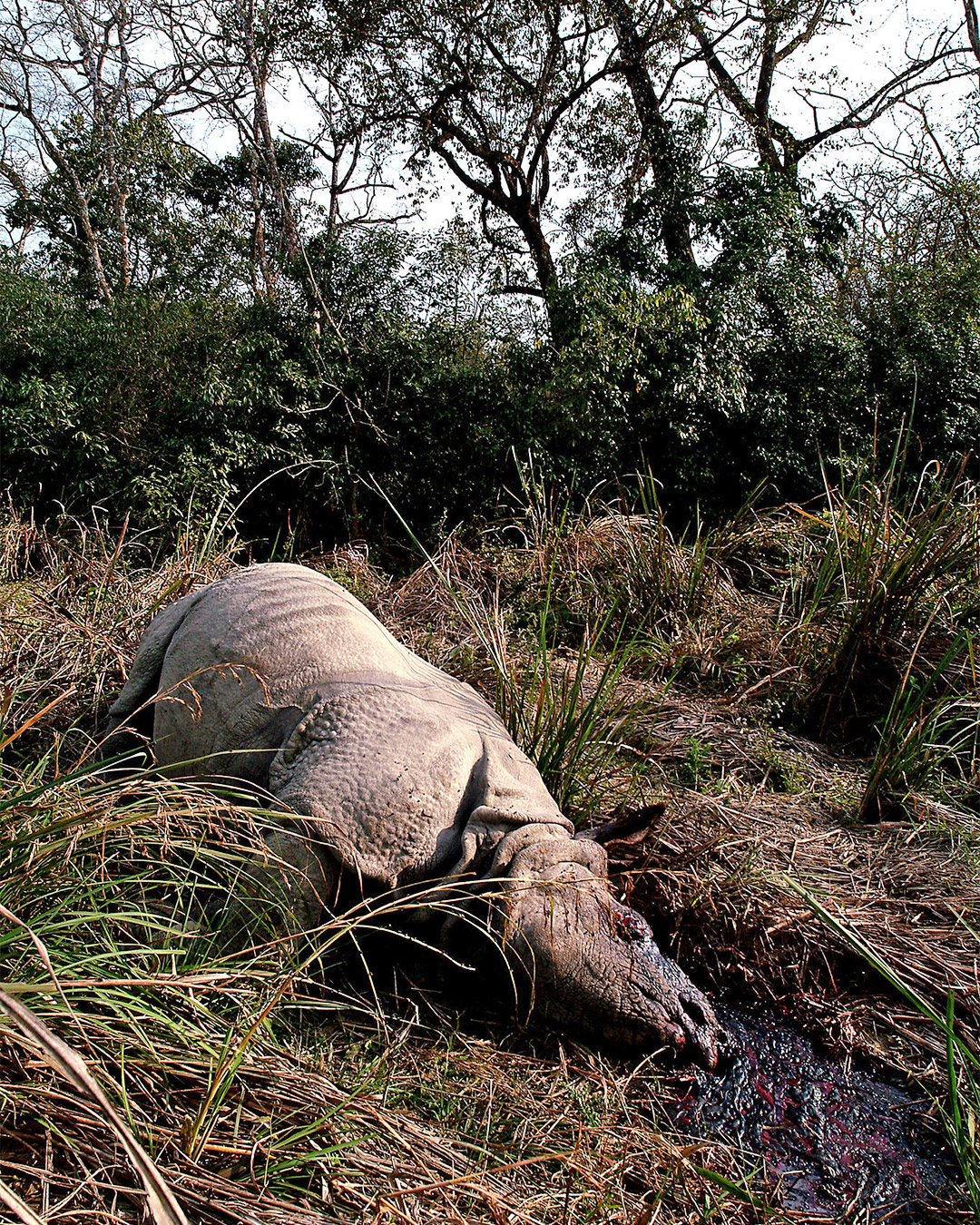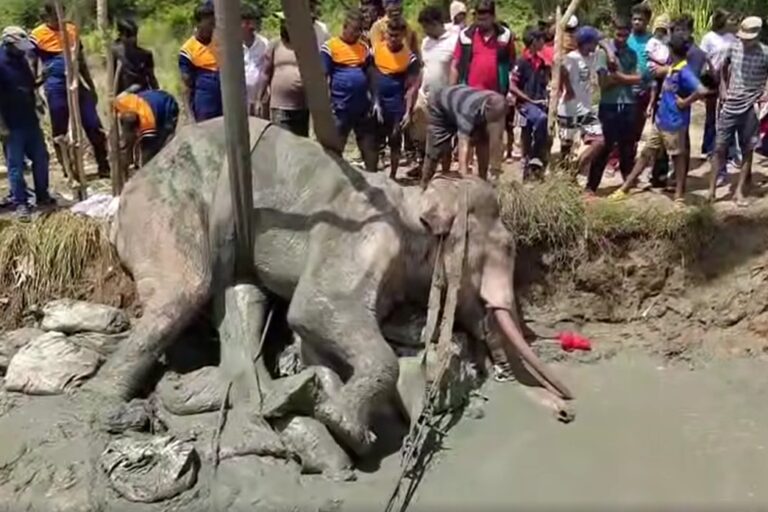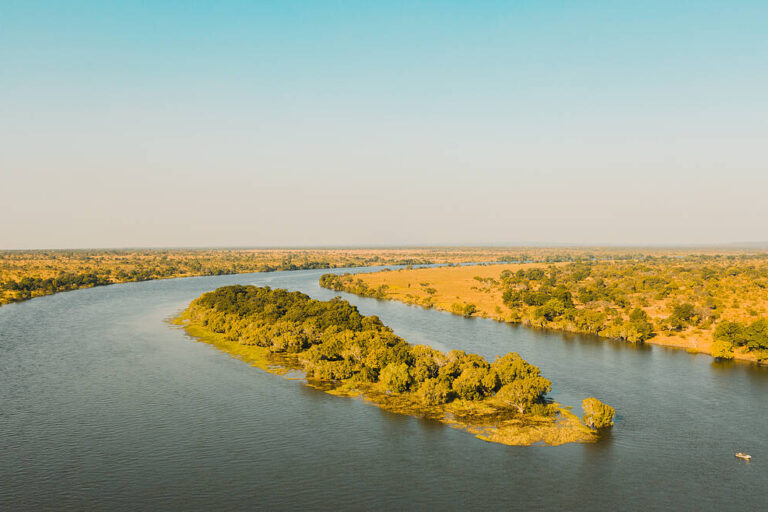- Wildlife crime investigators in Nepal face various challenges, such as lack of training, resources, evidence and database, as well as political and legal pressure.
- They’re responsible for investigating and prosecuting cases related to the hunting and trafficking of iconic species such as tigers, rhinos, snow leopards and pangolins.
- A key obstacle, many say, is a constitutional provision that now requires more serious cases of wildlife crime to be tried before a court; prior to 2015, all such cases would be heard by district forest offices and protected area offices.
- Change is slowly coming, however, with additional training in scientific investigative methods, most recently funded by the U.S. State Department, and with transfer of knowledge.
CHITWAN, Nepal — When Hemanta Malla Thakuri, former deputy inspector-general of the Nepal Police, started training the country’s frontline wildlife crime investigators last year, he realized they operated similarly to how the police did when he joined the force nearly four decades ago.
“The situation was such that we were given responsibilities, but not adequate resources,” Thakuri tells Mongabay. “We had an office and we received a salary. However, we didn’t have a budget for anything, including petrol for our patrol bikes or paper to register complaints.”
And like the police personnel of the 1980s, today’s wildlife crime investigators don’t have adequate training in forensic investigations and legal procedures.
“That’s exactly how wildlife crime investigators are working in Nepal in the present day,” Thakuri says.
Under Nepal’s conservation laws, local officers from the Department of National Parks and Wildlife Conservation (DNPWC) stationed at various protected areas across the country are authorized to investigate wildlife crimes (and in some cases pass verdicts) inside the protected areas and surrounding buffer zones. Wildlife crimes that occur elsewhere fall under the jurisdiction of local officers from provincial divisional forest offices. For both groups, the investigators are typically forestry graduates without any training in legal matters.
“As frontline wildlife crime investigators, we face a host of challenges,” says Salina Kadal, assistant forest officer at the Bhaktapur division. “The first challenge is that as forestry students, we were only taught the theoretical aspects of conservation law. But when we joined the government service, we were directly assigned to work as investigation officers.”
She adds there are times when the officers themselves destroy the evidence at a crime scene as they don’t know how to keep it safe.

According to the DNPWC, most of the wildlife crimes reported in Nepal are related to the hunting of the country’s best-known megafauna and other charismatic species: tigers (Panthera tigris), greater one-horned rhinos (Rhinoceros unicornis), snow leopards (Panthera uncia), clouded leopards (Neofelis nebulosa), Himalayan musk deer (Moschus chrysogaster), Himalayan black bears (Ursus thibetanus), sloth bears (Melursus ursinus), Chinese pangolins (Manis pentadactyla), Indian pangolins (Manis crassicaudata), and red pandas (Ailurus fulgens). In recent years, cases involving trafficking of various species of birds, turtles and seahorses have also gone up, the department says.
Officers say around 120-130 cases of wildlife crime are recorded across the country’s protected area and division forest offices each year, although official data aren’t available. The DNPWC’s last published figures for wildlife crime, from 2017-18, listed 122 cases during that period. But these were likely just the tip of the iceberg, as most cases in remote areas seldom get reported.
The other challenge is that investigations come in addition to the regular administrative work that officers have to do, says Karuna Karki, assistant forest officer at the Nawalpur division. She adds that local politicians and officials also try to influence the outcome of investigations.
Before the promulgation of Nepal’s current Constitution, in 2015, the forest offices and the offices of the protected areas were authorized to investigate as well as pass verdicts in all cases related to wildlife crime. Now, however, they can only pass verdicts in cases that carry a prison sentence of less than one year. More serious cases must be tried in district courts.
“In the past, it was easy for conservation officers to file cases and secure convictions as they were investigating as well as passing verdicts, acting as semijudicial bodies,” Thakuri says. “However, with the introduction of the new [constitutional] provision, they need to take the case to the court through government prosecutors, and the courts are very particular about the evidence they submit and the charges they bring.”

Kadal, from the Bhaktapur division forest office, who has worked on cases both before and after the 2015 change, says securing a conviction in court is far more difficult than in the forest office. It’s also easier to present missing evidence as demanded by the semijudicial forestry officer, as the hearing takes place in the same office. “However, in the case of courts, the judge is not that flexible,” Kadal says.
At the same time, the Nepali government doesn’t maintain an updated database of wildlife crimes and convicts. This makes it difficult for investigative officers across the country to collaborate on related cases, Kadal says. Another consequence of this is that repeat offenders, who should face tougher punishment for their crimes, get off with the more lenient punishment stipulated for first-time offenders, she adds.
Despite these challenges, investigative officers are doing their best to secure convictions, Thakuri says.
Various governmental and nongovernmental bodies are also working to address the challenges faced by wildlife crime investigators in the country. The National Trust for Nature Conservation (NTNC) recently conducted an advanced wildlife crime scene procedure training for two dozen frontline investigators, with funding from the U.S. State Department. “We are training the participants not just to become better investigators, but also to teach what they have learnt to their colleagues when they go back to work,” Thakuri says.
“The Nepal Police didn’t increase their investigative capacity overnight,” he adds. “It took us years to train our officers through repeated training and refresher courses. We hope that someday that can also be said about the wildlife crime investigators.”
Banner image: Confiscated skins of poached leopards in Chitwan, Nepal. Image by Knut-Erik Helle via Flickr (CC BY-NC 2.0).
Rare case of rhino poaching jolts conservation community in Nepal














